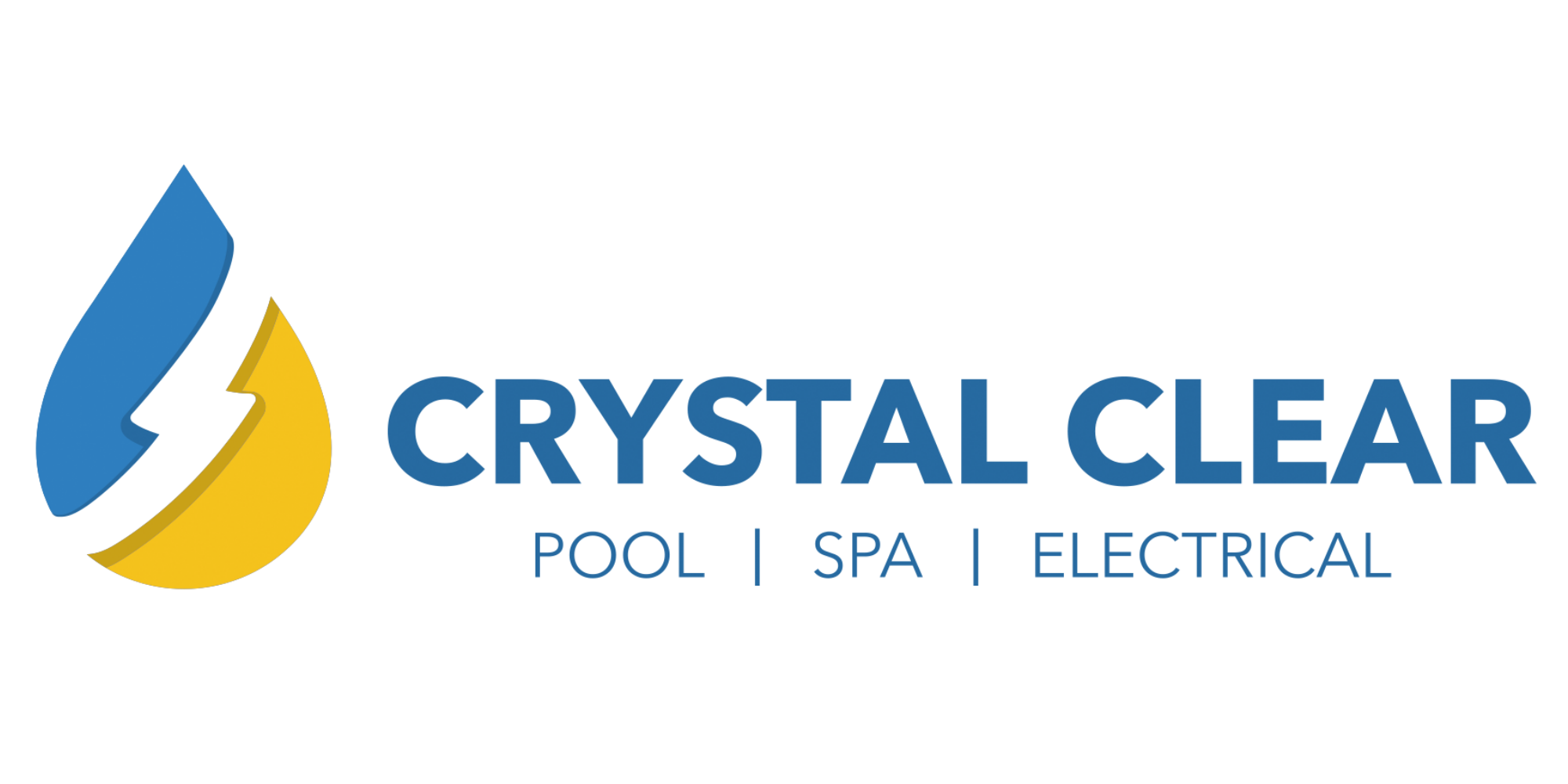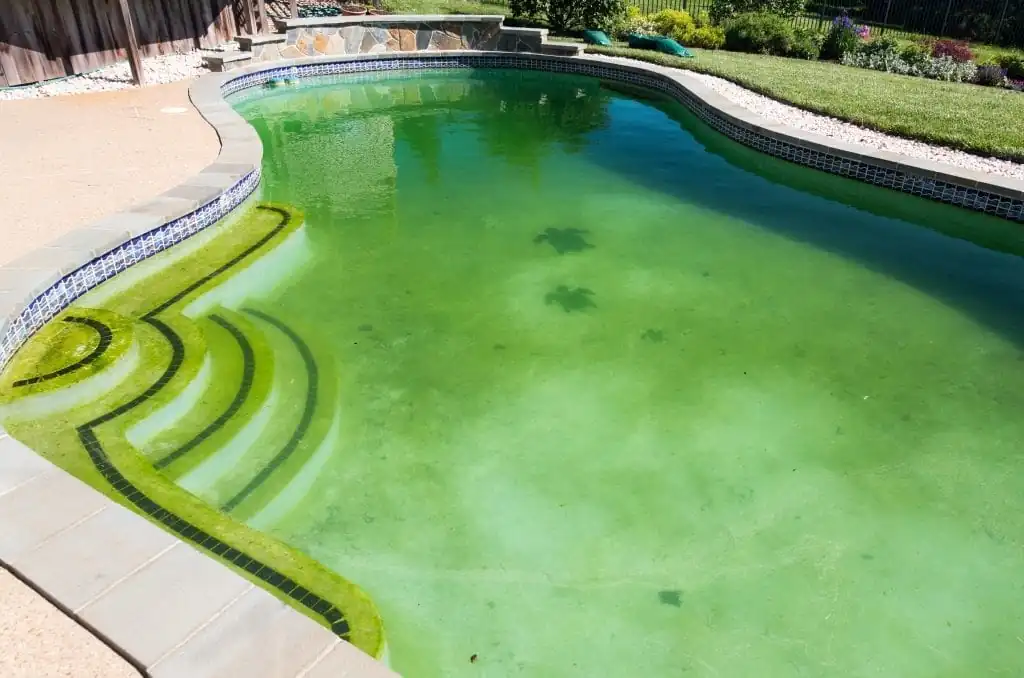A bright summer’s day can quickly become a headache when you lift the cover and find pea-soup water staring back at you. Green pool water is almost always a sign of algae, and algae thrive when sanitiser, pH or filtration has slipped out of balance. The good news is that you can restore your waters without having to drain your pool. Follow the steps below, using high-quality pool products available here at Crystal Clear Pools.
Why Does Pool Water Turn Green?
The Science of Algae
Algae are microscopic plants that multiply rapidly in warm, nutrient-rich water. When your pool’s chlorine level drops below 2 ppm or your pH drifts outside 7.2–7.6, algae gain the upper hand, turning the waters green and clogging filters.
Common Triggers For Algae
- Heavy rain that dilutes chemicals
- High temperatures that accelerate algae growth
- Poor circulation due to a blocked skimmer basket or a dirty filter
- Skipped sanitiser doses during the holiday times
Step 1 – Test and Balance Your Water
Before adding chemicals, grab a reliable kit such as the Waterco 4-in-1 Test Kit. Record free chlorine, pH and total alkalinity.
- Aim for a pH level of 7.2–7.6; adjust with a pH Reducer or a pH Buffer if required.
- Verify free chlorine. If it reads below 2 ppm, we recommend planning a shock treatment.
- Balancing pH first ensures every dollar you spend on shock or algaecide works at full strength.
Step 2 – Shock the Pool
Shocking oxidises organic waste and delivers a sanitiser hit that kills algae cells. Choose one of the following Crystal Clear Pools shocks based on your pool type:
| Product | Ideal For | Key Benefit |
| Shock N Swim | Traditional chlorine pools | Rapid action with clarifier; swim again in one hour |
| Liquid Chlorine | High-demand pools or algae outbreaks | Unstabilised chlorine ideal for deep shock treatments |
Dosage Guide – For a 40,000 L pool:
- Light green: 500 g Shock N Swim or 1.5 L Liquid Chlorine
- Mid-green: 1 kg Shock N Swim or 3 L Liquid Chlorine
- Dark green: 1.5 kg Shock N Swim or 5 L Liquid Chlorine, plus a follow-up dose after 12 hours
Step 3 – Brush and Vacuum
Algae cling to walls and floor surfaces. Use a stiff nylon brush to scrub your entire pool, pushing the loosened algae into suspension so the shock can destroy it. If possible, manually vacuum to waste to remove heavy debris after brushing, then backwash or clean your filter.
Step 4 – Apply an Algaecide
Adding algaecide after shocking helps finish the job and prevents a quick relapse:
- For general outbreaks, use Clean The Green Algaecide at 500 ml per 50,000 L.
- For stubborn black or yellow strains, use Black Spot Treatment & Winteriser following label directions.
- Run the filter continuously for another 24 hours.
Step 5 – Clarify and Filter
Dead algae often leave cloudy residue. Drop one Sparkle Clarifier Tablet into the skimmer or add 200 ml liquid clarifier. Allow eight hours of circulation, then check the pressure gauge:
- If using a cartridge filter, hose it clean when pressure rises up to 30 kPa.
- For a sand or glass media filter, backwash for two minutes, then rinse.
Your water should now look light blue rather than milky green. Re-test chlorine and pH levels, fine-tune as needed, and you are now ready to swim!
How to Prevent Green Water From Returning
Weekly checklist
- Test pH, alkalinity and free chlorine.
- Top up sanitiser to keep chlorine between 2–4 ppm.
- Run the pump at least eight hours per day in summer.
- Skim leaves daily and empty skimmer baskets.
Count on our professionals if you’re not sure
If the pool is still murky after following these steps, or if you would rather let an expert handle the hard work, contact our friendly team on 09 391 0002 or book a Pool Valet Service. We serve Auckland with prompt, qualified technicians, along with countrywide shipping of our products.Shop our pool algaecides today.


